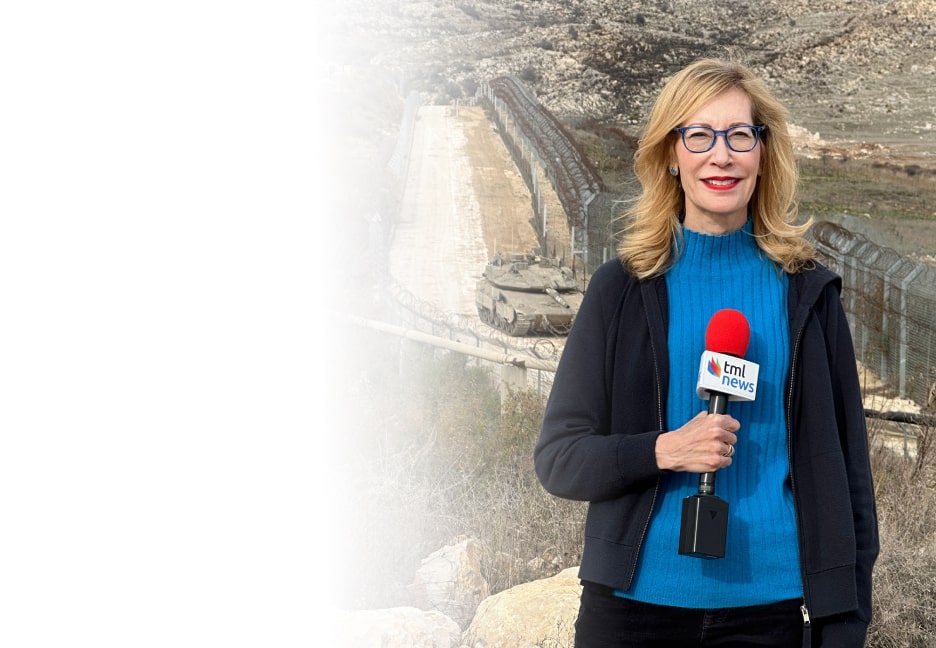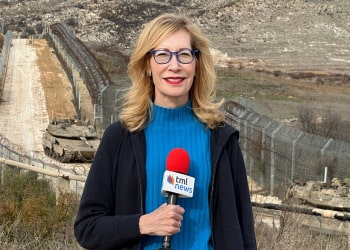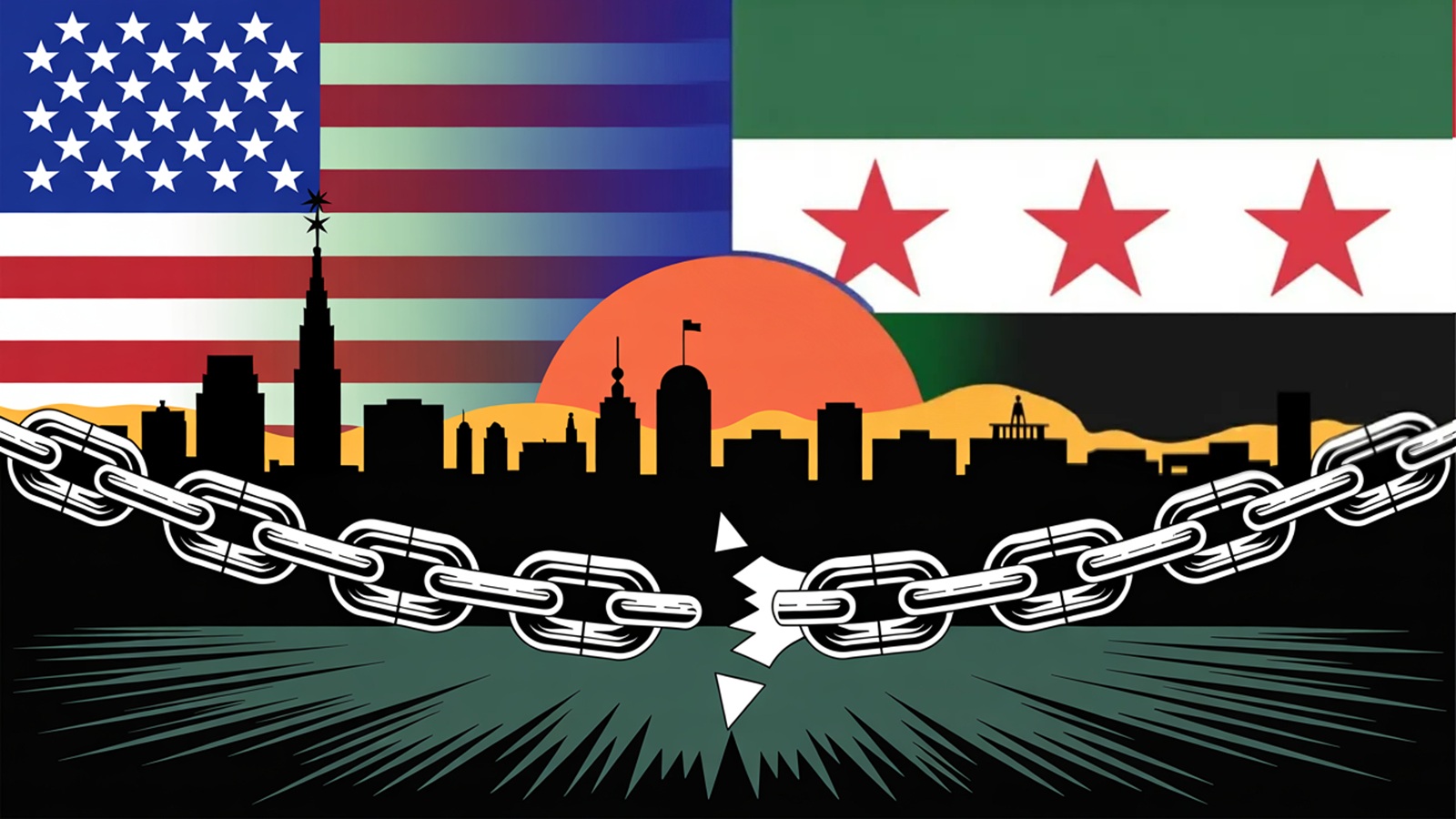Why Lift Sanctions on Damascus?
Asharq Al-Awsat, London, May 18
Sanctions on Syria were expected to remain in place for at least a year, driven by concerns over the country’s uncertain political future, skepticism toward its new leadership, and apprehensions from regional powers such as Israel.
In US policy, lifting sanctions is rarely swift—it typically follows a prolonged evaluative process. Precedents like the US agreement with the Taliban, despite maintaining economic sanctions on Afghanistan for four years, illustrate how political agreements do not immediately translate into economic leniency.
Compounding this, there is an ongoing internal debate within the US administration about whether sanctions on Syria should be lifted at all. It is within this complex context that a direct appeal to President Donald Trump, facilitated by a key regional partner like Saudi Arabia, emerged as the most expedient path forward.
This strategy, however, requires reciprocal efforts from Syria’s al-Sharaa government, which must demonstrate tangible commitments—namely, ensuring that local armed groups are brought under control, minority communities are protected, and extremist ideologies are actively countered, since failure to do so could ultimately undermine Syrian President Ahmed al-Sharaa’s own authority.
Opposition to lifting sanctions largely hinges on the premise that the new Syrian leadership remains designated as a terrorist entity and must first prove otherwise.
The US government has articulated a series of conditions, five of which President Trump emphasized following his meeting with al-Sharaa. These include: the withdrawal of all foreign fighters; cooperation in the global fight against terrorism in Syria; the expulsion of Palestinian militias; the assumption of control over detention facilities holding ISIS members; and, finally, the initiation of formal relations with Israel.
Before assessing the feasibility of these demands, it is worth considering why, as President Trump put it, the new Syrian regime deserves “a chance.”
First, the al-Sharaa government is now a political reality—one that international actors must contend with, much like other regimes in the region that rely on or tolerate militia alliances. Regime change is no longer a viable objective, returning to war is out of the question, and the Syrian people deserve an exit from the seemingly endless tunnel of suffering and instability.
Second, the removal of Iranian influence from Syria represents a historical turning point—not just for Syria, but also for Lebanon and Palestine. It has helped liberate these areas from Tehran’s overreach, which, had it continued, could have irreparably destabilized the region.
This holiday season, give to:
Truth and understanding
The Media Line's intrepid correspondents are in Israel, Gaza, Lebanon, Syria and Pakistan providing first-person reporting.
They all said they cover it.
We see it.
We report with just one agenda: the truth.


Weakening the new government now could reverse this progress, either by creating a power vacuum or by inviting Iran’s return through a weakened Damascus.
Third, if the al-Sharaa government fails to meet its obligations, sanctions can easily be reinstated. On the other hand, refusing to ease them prematurely could foster rebellion, descent into chaos, or drive Damascus into alliances that increase regional volatility.
Fourth, Israel’s presence looms large. Today, Israel is the principal strategic architect in the region, asserting its dominance and dictating terms on military presence and weapon distribution among its neighbors.
Comparing Damascus to Kabul is misleading, as Syria exists within Israel’s sphere of military influence, where any miscalculation invites a swift response. This makes Israeli security interests both a constraint and a stabilizing factor.
Lebanon is already operating under what might be termed Israeli security management, and similar dynamics may apply to Syria.
Caught between the necessity of recognizing the current reality, fears of descending into chaos, and the risk of a renewed Iranian foothold, the international community’s safest course is to help Syria rebuild.
Conditions for cooperation are legitimate and must serve both Syrian stability and broader regional security. Syria remains central to a volatile geopolitical corridor, and abandoning it to chaos is certain to have severe consequences.
The most practical approach—albeit one not without risk—is to allow Damascus to restore itself. It is far preferable to cooperate with Syria now than to face a far more intractable crisis in the years ahead.
If efforts are delayed, the damage may be irreparable. Since December, amid fear and cautious hope, the al-Sharaa government has made visible efforts to show openness and a willingness to cooperate; the next step is for it to move beyond gestures and deliver results.
The conditions set by the US, though diplomatically awkward, ultimately align with Syria’s long-term interests. A ban on foreign fighters is a universal expectation; counterterrorism is a global obligation.
As for the Palestinian groups based in Syria, many are remnants of the previous Assad regime’s network, used in conflicts against Arab states, especially in Lebanon—Hamas being the exception, as it did not originate in Syria.
It is expected that al-Sharaa will expel these militias, just as Jordan did in the past and Lebanon is attempting to do now.
Regarding the stipulation of establishing ties with Israel, it’s important to note that al-Sharaa and his ministers have previously expressed willingness to consider such a move within the framework of an Arab peace initiative.
Whatever additional concerns remain unaddressed here, the region can absorb and adapt to change, and that is preferable to letting Syria descend into the most dangerous form of disorder.
The Damascus government must recognize and distance itself from escalating regional and international tensions. In his public statements, President al-Sharaa has frequently indicated an openness to engagement and a desire to prioritize development and progress over confrontation.
Abdulrahman Al-Rashed (translated by Asaf Zilberfarb)

